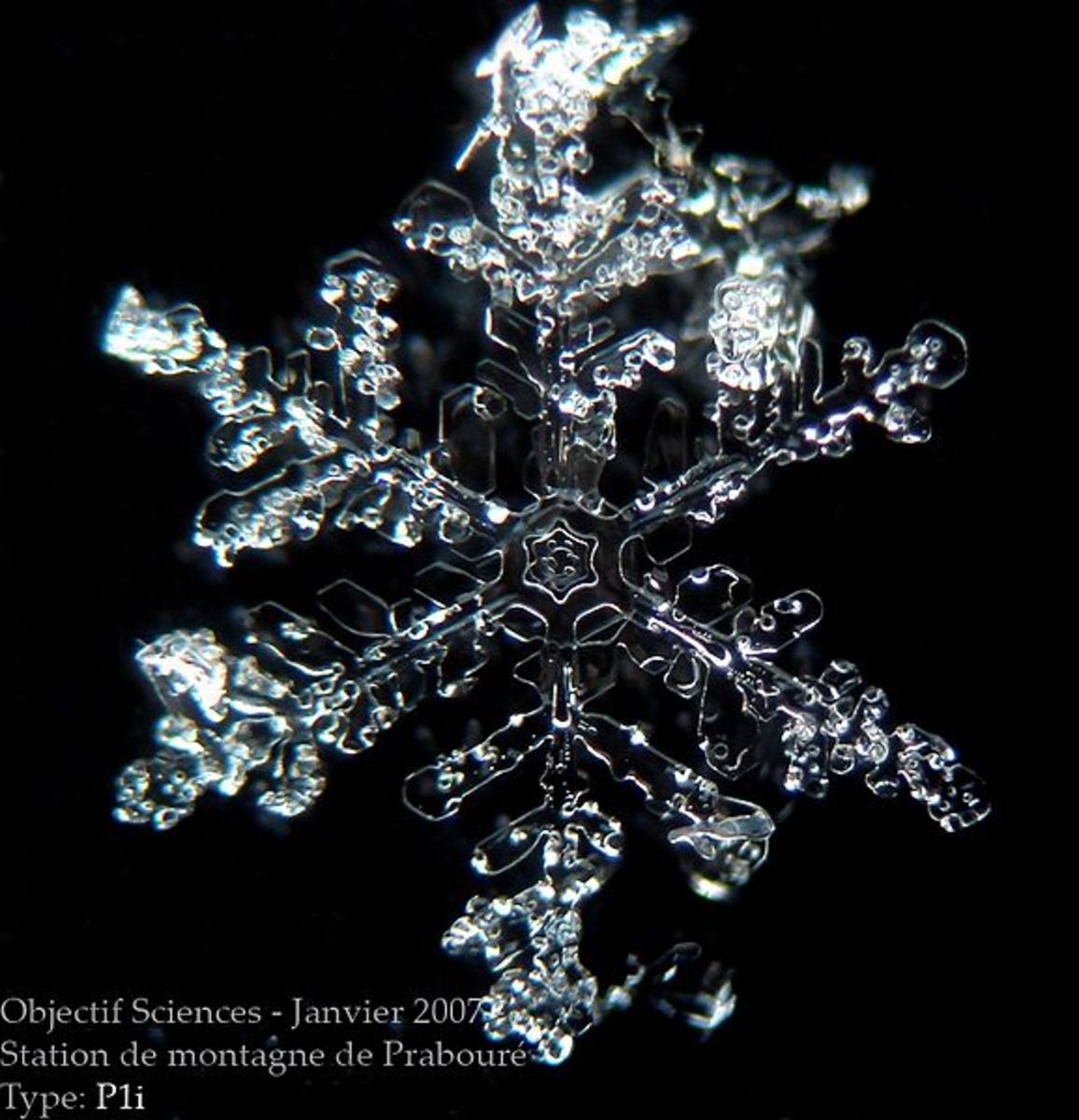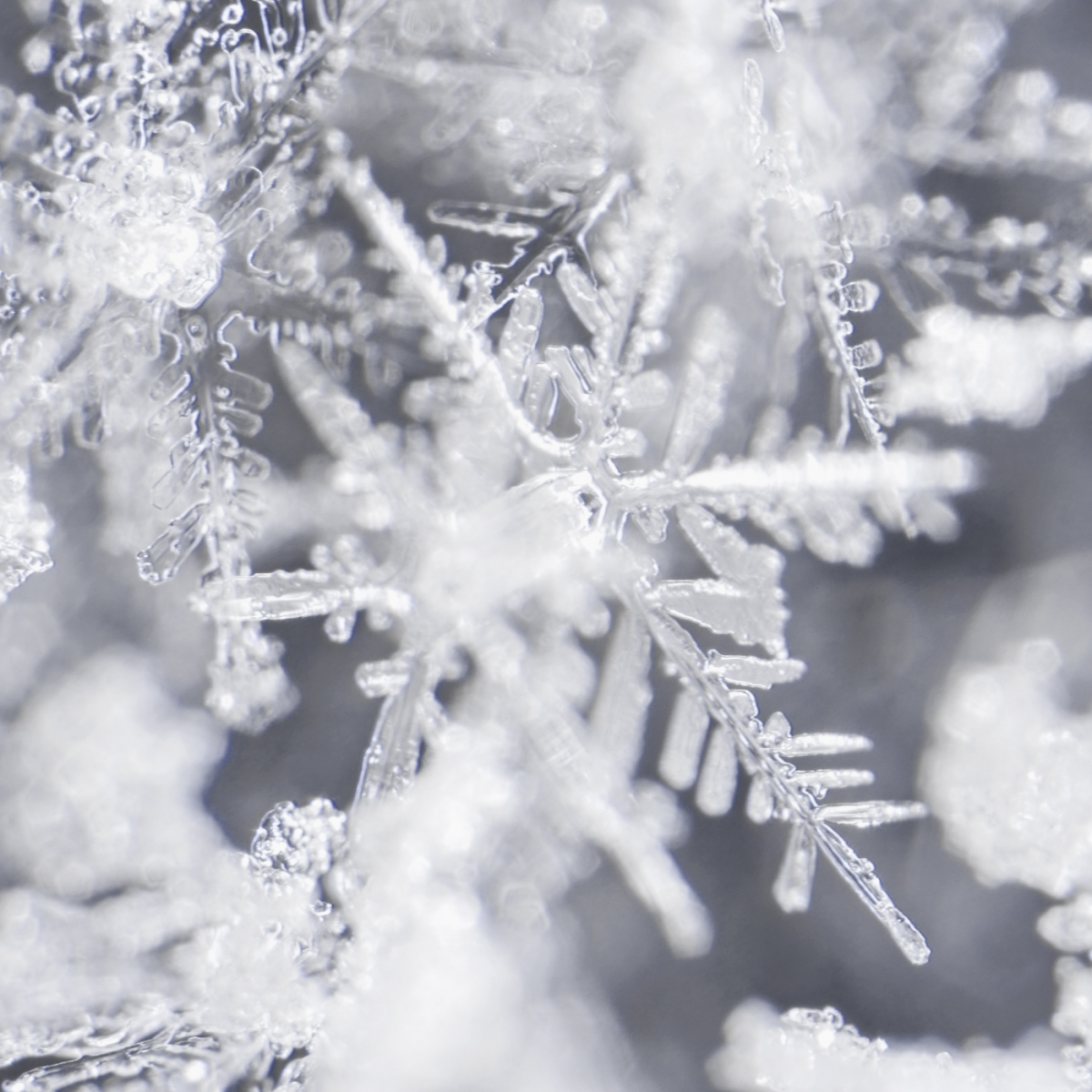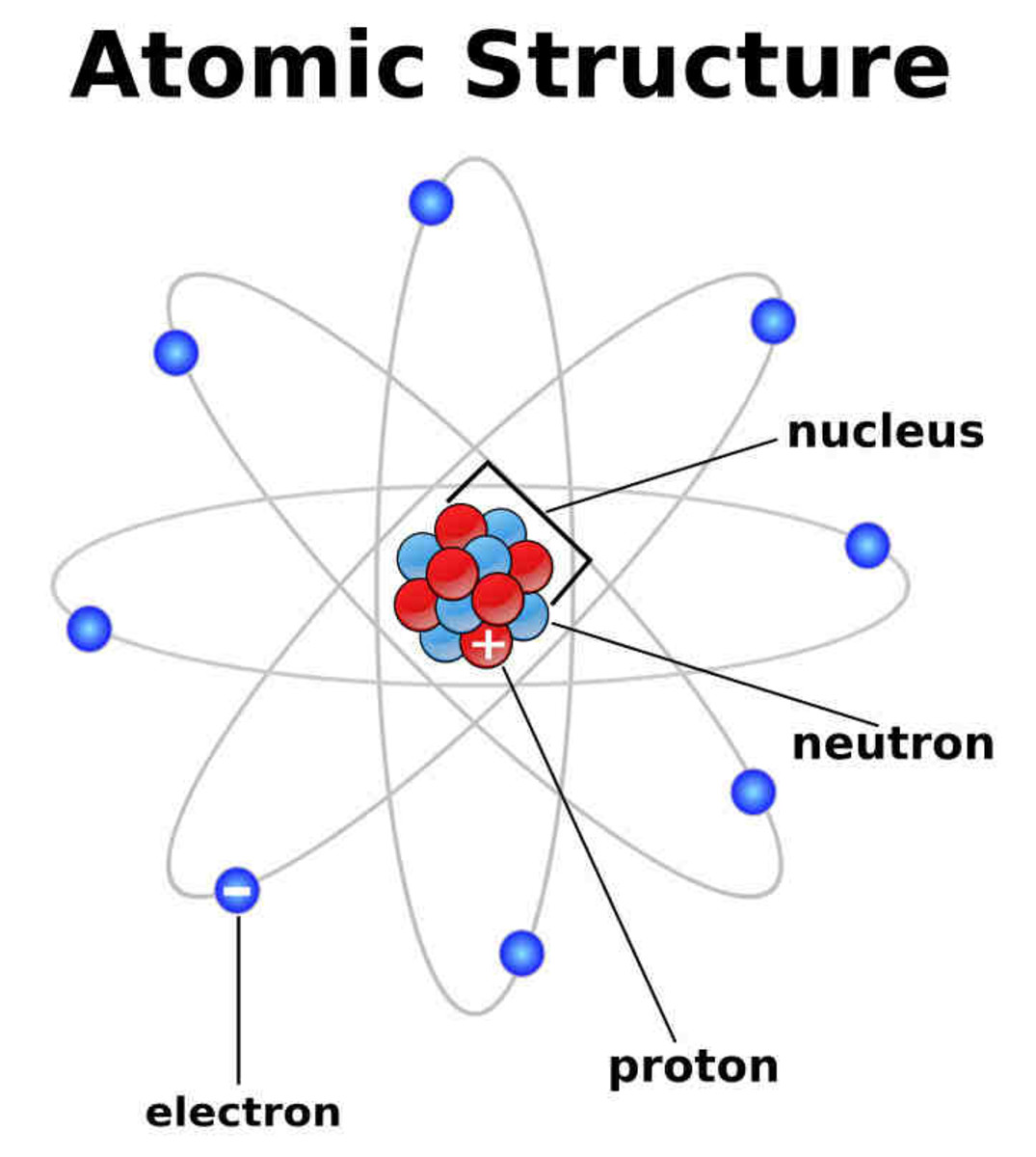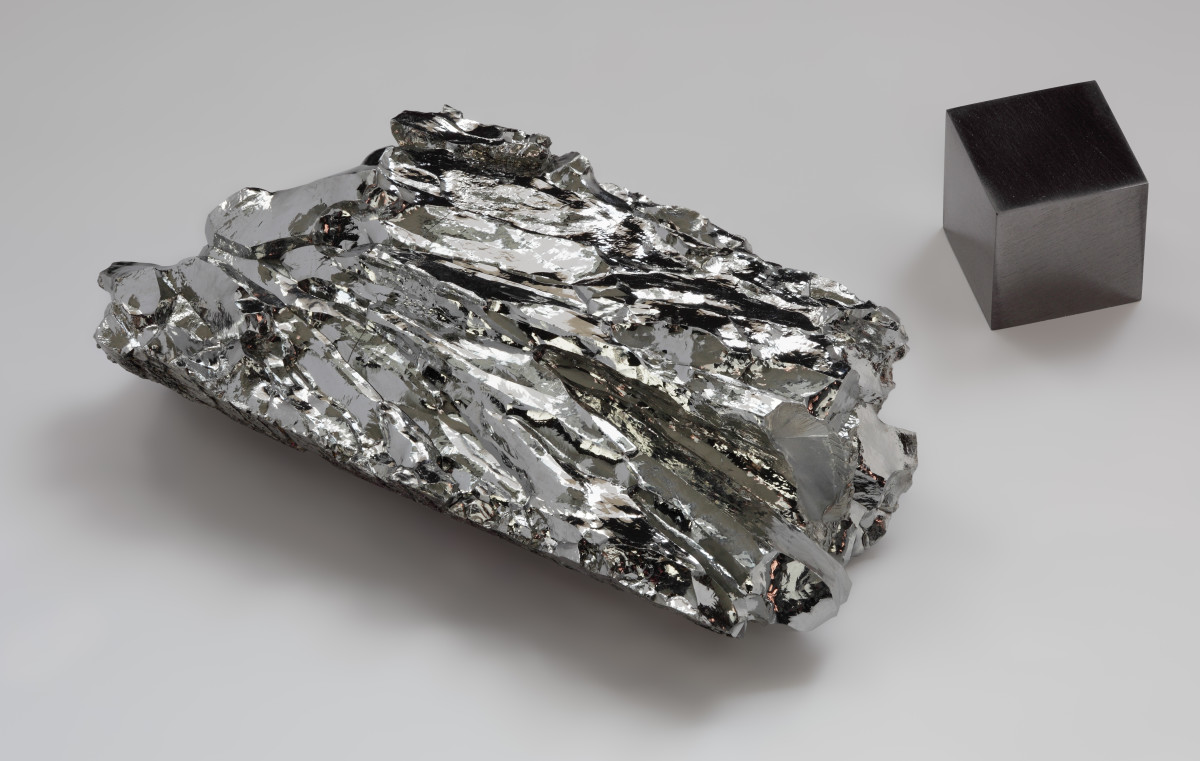Science of a Snowflake
Snowflake

Life is a Snowflake
Life is a snowflake,
A free-falling star,
A fragile reminder
Of all that we are.
Born of a raindrop,
Laced by the breeze,
Spinning through space,
Dancing through trees.
A diamond of light,
A gem in the sun,
A journey of hope,
A new life begun.
-------------------------Charles Ghigna
Snowflakes
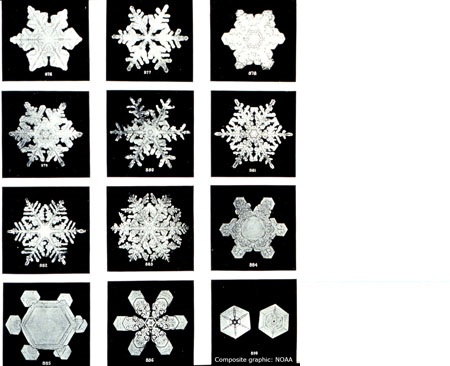
Snowflake Fantasy
Snowflakes are one of my child hood fantasies. The part of the world in which I live, there is no such thing like snow. I have only been able to see it in story books, movies, cartoons and photos of friends. However once I visited a hill station where it had already snowed, the entire place was hidden under the white sheet. I could barely contain myself but still the desire to see snowflakes remained unfulfilled. Furthermore, snowflakes for me are a beautiful imaginary structure associated with the winter season and Christmas. To my surprise snowflakes is not just an ornament hanging on the Christmas tree or a poetic legend rather it is beyond that. Once I started reading about it I explored the curious world of snowflakes.
The structural formation of a snow flake is simply mysterious. The atmosphere of the earth is basically the birth place of a snow flake; if fortunate enough to survive the journey, it reaches the ground. The earth’s atmosphere consists of various layers of gases, surrounding the planet, fixed by earth’s pull. Water vapors are one of the components of the atmosphere. Another important element is the dust which is particles in the atmosphere consisting of eruptions of volcanoes, soil, pollens and pollution and many more. High in the atmosphere of the earth, water vapor compounds itself with a dust particle and freezes into an ice crystal. The varying temperature and humidity levels in the air enable the snowflakes to take unique forms.
The shape of the snowflake is proportional as it reveals the internal formation of water molecules when in converts into a solid form. The hydrogen molecules form a weak bonds giving rise to different shapes. The formation of snowflakes resembles the process of crystallization. The specific arrangement of water molecules follows a symmetrical pattern.
While doing my research on the topic I found out special institutes specifically working the research on snowflakes. The scientists of International Association of Cyrospheric Sciences (IACS) have described the snowflakes based on their shapes.
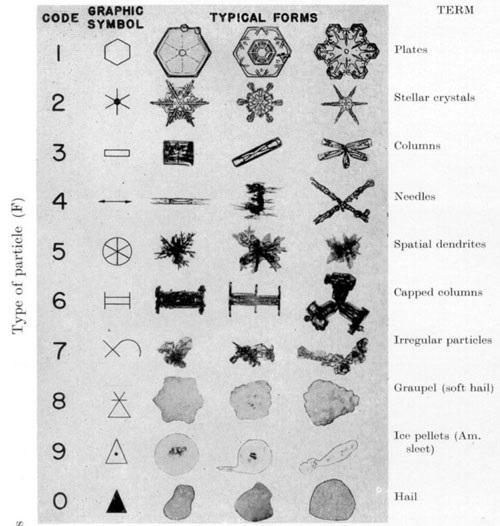
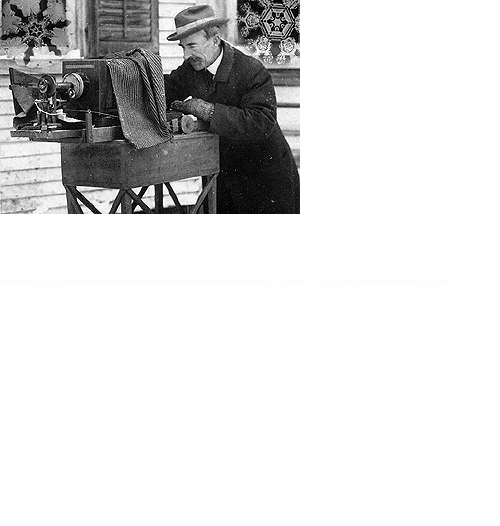
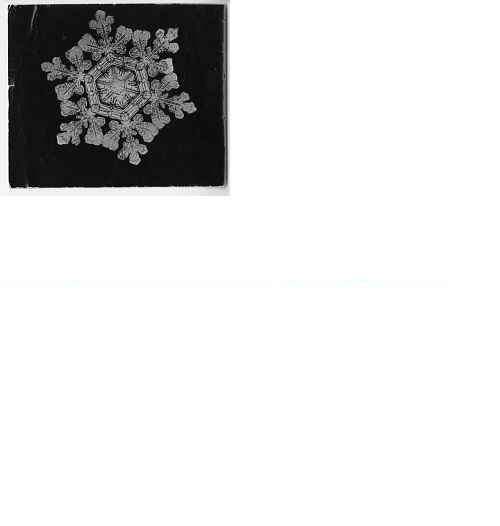
Wilson Bentley
"My collection [is] far superior in both number & beauty & I might add interest, to that of any other collection in the world...," Wilson A. Bentley.
Wilson Bentley is the first ever person to capture the snowflakes under the lens of this camera. He was able to accomplish the task by attaching a microscope with the camera.
He has photographed thousands of individual snowflakes for the past forty years. His work is treasure for science of snow crystals. Bentley is considered the pioneer of using photomicrography, which is basically taking a photograph through microscope. He developed techniques to photograph each snowflake despite the fact they melt quickly. He was so ambitious that he used to stand in cold winters for hours to catch a falling snowflake, and then with a feather he used to place it on the lens and captured the image. He proposed that each snowflakes was one of its kind.
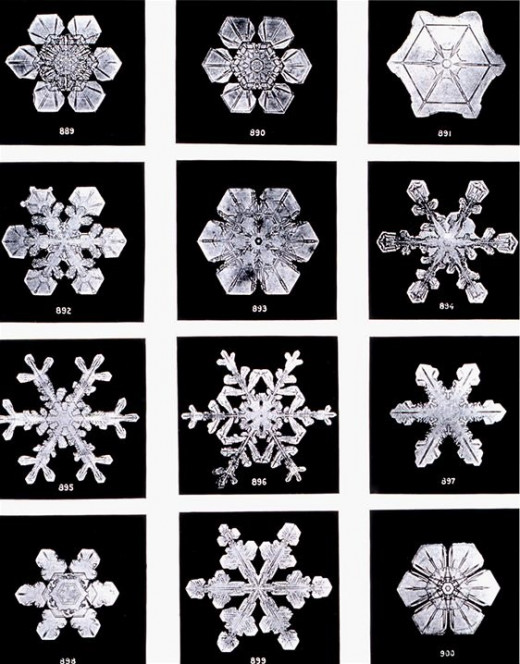
Catch a snowflake if you can
I found an interesting website that shared various methods for catching snowflakes. I am not able to use these with no snow in my area but those of you who can must use them and give me feedback. There is one method that I am sharing and the rest I leave for the curiosity of enthusiasts. The technique requires a black velvet cloth, a magnifying glass and of course snow.
It is important to keep the cloth super cool because snowflakes melt immediately. When snowfall starts place the frozen cloth outside and let the snow fall on the dark cloth. Meanwhile inspect the cloth with a magnifying glass, closely and swiftly before the snow melts. It is seldom to get sight of a complete six sided crystal because they usually get damaged or break while falling. But trust me there may be many more unusual shapes that can surprise us.
Snowflake Mystery Unfolds
When I started reading about this article I was only acquainted with the notion of relating snowflakes with Christmas and winters but it is much more to that. The roots of a snowflake are tied with different branches of science such as chemistry, physics and cloud science which is new to my knowledge. I am surprised how much people are dedicated to the research in this particular field. I read so many research papers with thorough study done by the researchers. I not only explored the science of a snowflake rather I discovered a whole new branch of science. People out there who are related with the different fields of science must also be interested in exploring snowflakes. I have read time and time again water is mysterious it means there is still more to discover. I hope I have opened a new avenue for those who are looking for mysterious and interesting topics for research.

